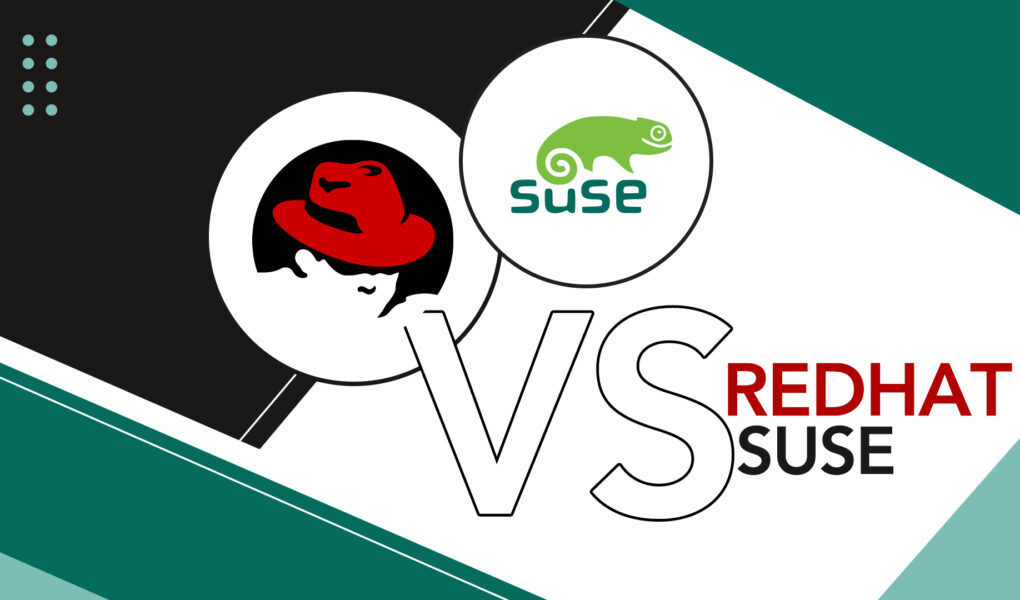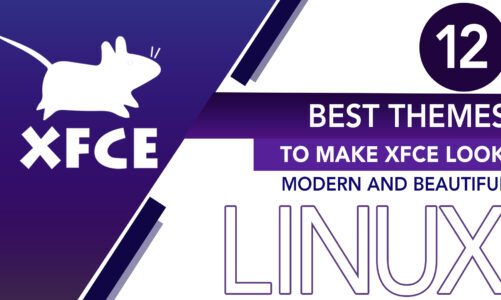In the battle of Enterprise Linux, both RedHat and SUSE are giants and have been competing head-to-head to capture the market share and meet the diverse needs of businesses worldwide. But what sets them apart? And Which is the most suitable choice for your business enterprise? Why not let’s get into the world of RedHat and SUSE, comparing their features, use cases, and market positions, and see which one wins the battle?
Understanding RedHat
RedHat, a leading provider of open-source solutions, is globally recognized for its offering, Red Hat Enterprise Linux (RHEL). This enterprise-grade operating system is acclaimed for its high scalability, robust security features, and excellent support for diverse workloads, leading to its widespread adoption across various industries.
RHEL stands out for its comprehensive suite of applications, developer tools, and long-term support, ensuring stability and security for extended periods.
What gives RedHat an edge is its package management system, RPM, that simplifies software installation and reduces dependency issues. Its commitment to security is evident in technologies like SELinux that enforce strict access controls. In addition, Red Hat’s customer support and active community are lauded for problem-solving and knowledge sharing.
Understanding SUSE
SUSE, short for Software und System-Entwicklung (Software and Systems Development), is one of the pioneers in the field of commercial Linux distributions. With its flagship product, SUSE Linux Enterprise Server (SLES), the company has catered to businesses seeking secure, stable, and manageable open-source solutions for over three decades.
SUSE’s philosophy of consistent innovation, reliability, and freedom of choice has resonated with users in various sectors, from tech and finance to healthcare and logistics.
RedHat vs. SUSE: Key Features Comparison
As enterprise-level Linux distributions, both RedHat and SUSE come packed with a range of features tailored to business needs. However, their approach to providing solutions differs in various aspects.
1: Core Functionality
RedHat utilizes RPM (Red Hat Package Manager), a powerful package management system that simplifies software installation, upgrades, and maintenance. It provides efficient handling of dependencies, ensuring system consistency and stability. Coupled with the YUM tool, RPM becomes even more potent, allowing automatic updates and package installation.
In contrast, SUSE comes equipped with its administrative tool, YaST. It serves as a centralized interface for system setup and configuration, streamlining administrative tasks.
2: Scalability
Scalability is key in the enterprise world. Both RedHat and SUSE support high scalability but differ in their approaches. RedHat’s scalability approach revolves around enhancing system capabilities. SUSE, however, takes a slightly different approach. It focuses on making the system easier to manage as it scales.
3: Security
RedHat utilizes SELinux, a security attribute integrated into the Linux kernel, facilitating the enforcement of access control security regulations. It minimizes the potential damage from vulnerabilities by enforcing mandatory access controls.
SUSE, on the other hand, incorporates AppArmor. This is a security module within the Linux kernel, enabling the system administrator to limit the functionalities of each program using individualized profiles. It effectively isolates applications from the rest of the system, thus bolstering security.
4: Market Penetration and Community Support
While Red Hat holds a slight edge in terms of market penetration, both companies enjoy robust community support. Both offer extensive documentation and active community forums for user queries.
5: Cost Consideration
Both RedHat and SUSE offer subscription-based models, but they differ in pricing structures. RedHat pricing is usually based on the number of servers, while SUSE provides flexible pricing based on various factors like the type of system and service level.
6: Use Cases
RedHat excels in cloud environments thanks to its broad compatibility and robust OpenShift platform. Its long-term stability and rigorous security features make it a reliable choice for long-term projects and organizations with stringent security needs, such as government agencies.
SUSE, with its robust performance on mainframes and strong integration with SAP applications, is preferred by organizations using SAP software or relying heavily on mainframes. Its scalability and flexible pricing model makes it an appealing choice for rapidly growing businesses and those with complex deployments.
Conclusion
In the battle of enterprise Linux, RedHat and SUSE stand out with their respective strengths. RedHat excels in cloud computing and virtualization, offering broad compatibility and robust security features. SUSE shines in mainframe environments, providing scalability and flexible pricing options. When deciding between the two, consider specific needs such as cloud adoption, mainframe reliance, and security requirements.



